One of the waste products of the metabolic process in the cell is ? [ Exam pilot ]
Question 108-1 : Carbon dioxide protein sugar fat
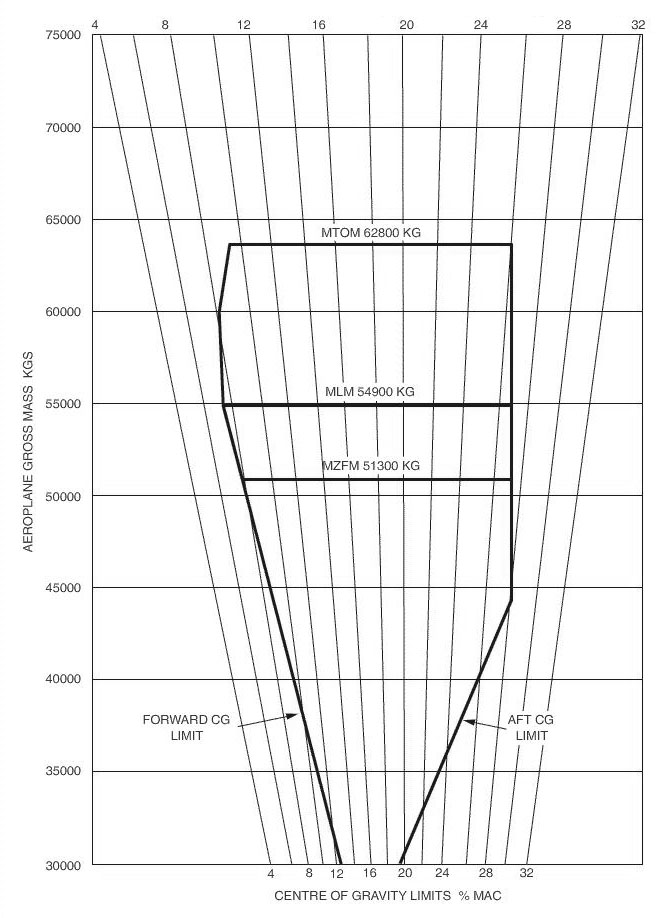 Carbon dioxide.
Carbon dioxide. The body loses water via .1 the skin and the lungs.2 the kidneys.which of the ?
Question 108-2 : 1 and 2 are correct 1 is correct and 2 is not correct 1 is not correct and 2 is correct both are false
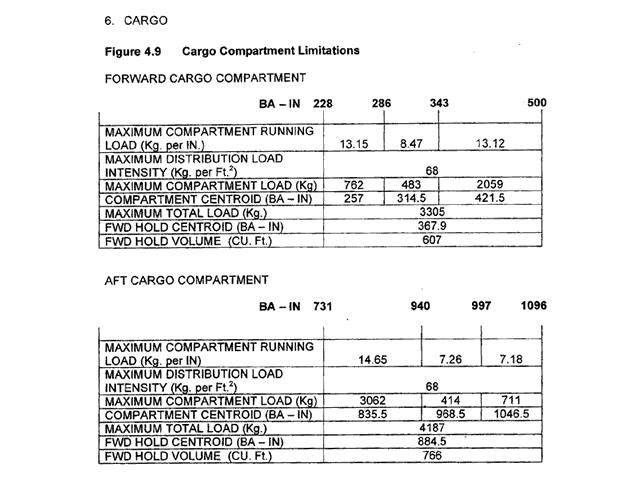 1 and 2 are correct.
1 and 2 are correct. Under normal circumstances which gas will diffuse from the blood to the alveoli ?
Question 108-3 : Carbon dioxide carbon monoxide nitrogen oxygen
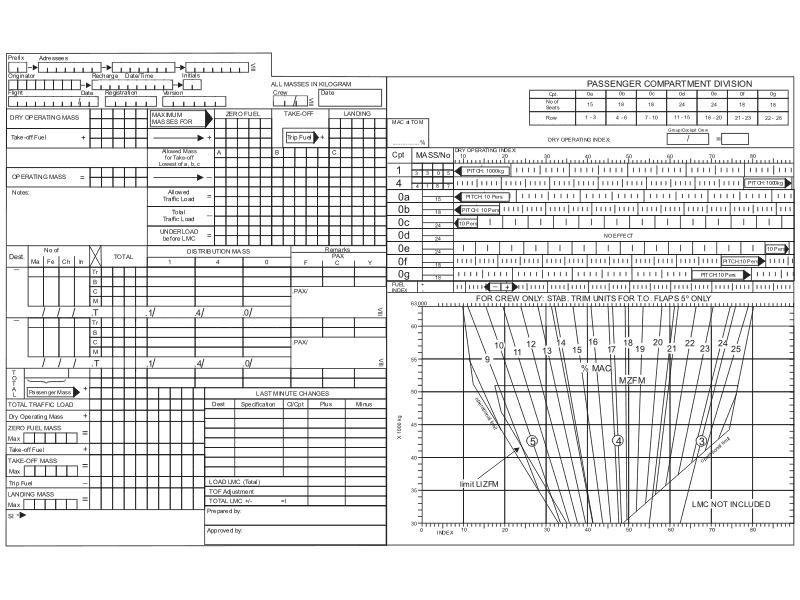 Carbon dioxide.
Carbon dioxide. The thin walls of capillaries are permeable for ?
Question 108-4 : Gases platelets protein red blood cells
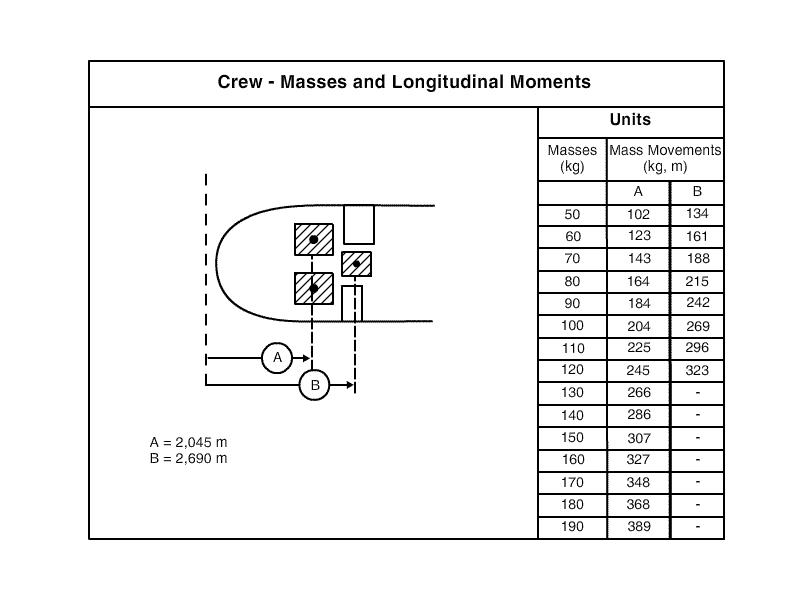 Gases.
Gases. The circulatory system amongst other things allows for .1 transportation of ?
Question 108-5 : 1 and 2 are correct 1 is correct and 2 is false 1 is false and 2 is correct both are false
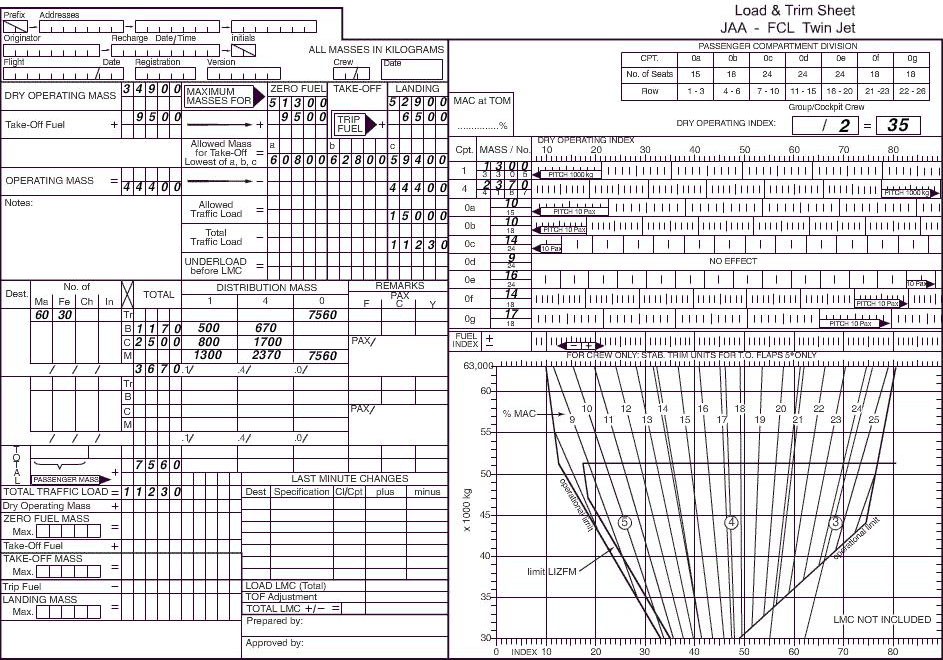 1 and 2 are correct.
1 and 2 are correct. Someone who has anaemia has ?
Question 108-6 : Not enough functional haemoglobin not enough platelets not enough plasma not enough white blood cells
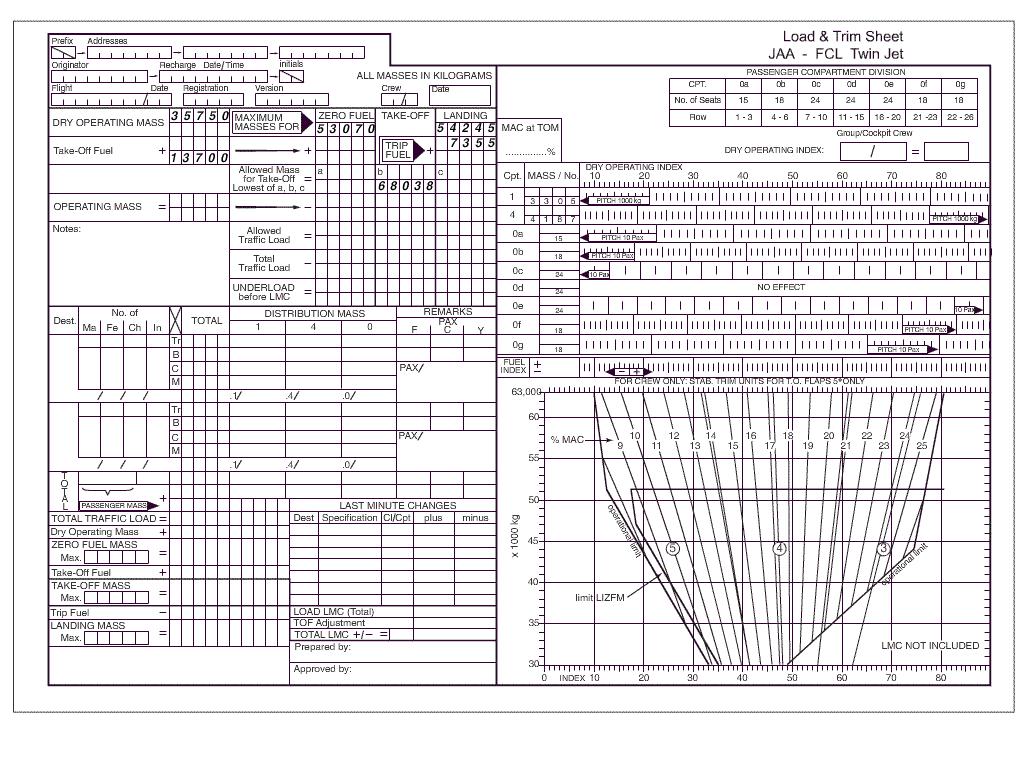 Not enough functional haemoglobin.
Not enough functional haemoglobin. The heart muscle is supplied with blood by ?
Question 108-7 : The coronary arteries the auricles ventricles the pulmonary veins
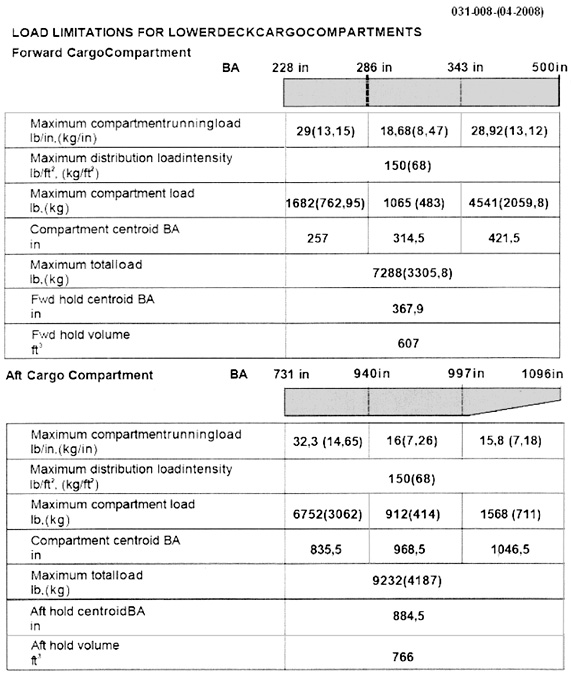 The coronary arteries.
The coronary arteries. The normal arterial blood pressure of a healthy adult at rest is ?
Question 108-8 : 120/80 mm hg 80/20 mm hg 180/120 mm hg 220/180 mm hg
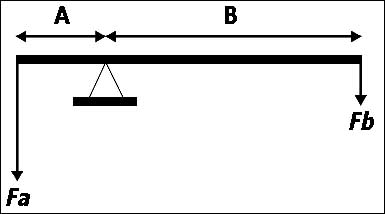 120/80 mm hg.
120/80 mm hg. Which of the following statements is correct .the blood pressure which is ?
Question 108-9 : In the artery of the upper arm representing the pressure at heart level in the muscles of the upper arm in the veins of the upper arm in all the blood vessels of the body representing the pressure in the whole body
 In the artery of the upper arm (representing the pressure at heart level).
In the artery of the upper arm (representing the pressure at heart level). Blood pressure depends on .1 the cardiac output.2 the resistance of the ?
Question 108-10 : 1 and 2 are correct 1 is correct 2 is false 1 is false 2 is correct 1 and 2 are both false
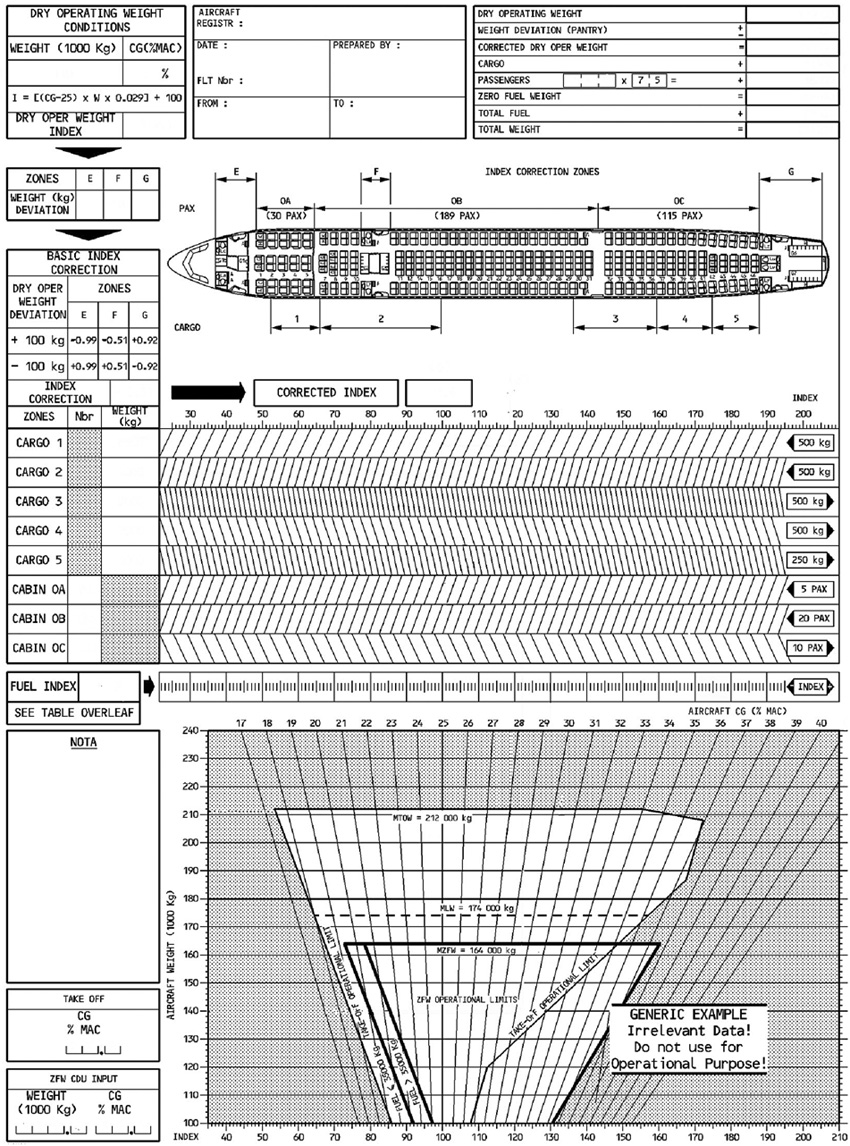 1 and 2 are correct.
1 and 2 are correct. The blood pressure depends on .1 the work of the heart.2 the peripheral ?
Question 108-11 : 1 2 3 and 4 are correct 1 2 and 3 are correct 4 is false 1 3 and 4 are correct 2 is false 2 3 and 4 are correct 1 is false
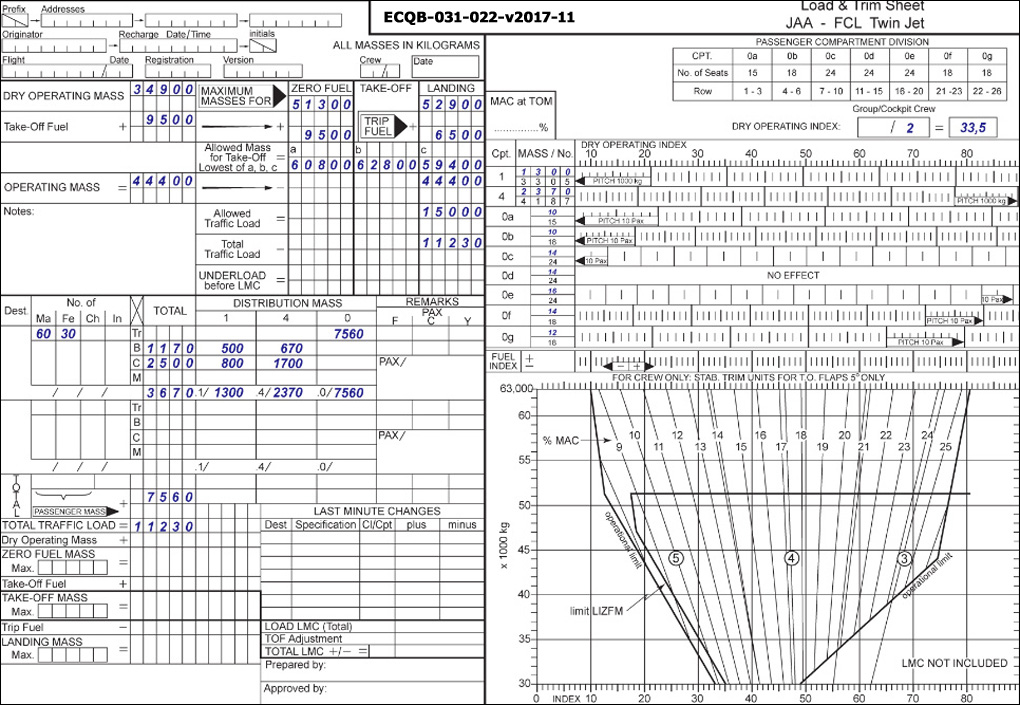 1, 2, 3 and 4 are correct.
1, 2, 3 and 4 are correct. Changes in blood pressure are measured by ?
Question 108-12 : Pressoreceptors arteriols adrenal glands pacemakers
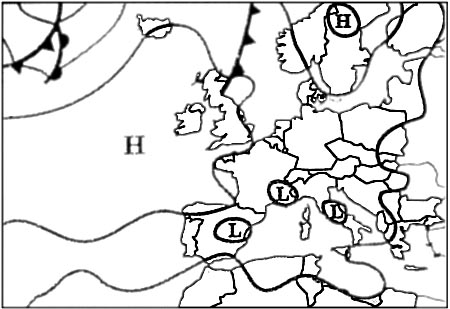 Pressoreceptors.
Pressoreceptors. The pressoreceptors are located in ?
Question 108-13 : The carotid and aortic arterial vessels the intestines the heart the lungs
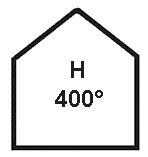 The carotid and aortic arterial vessels.
The carotid and aortic arterial vessels. When the pressoreceptors detect a lowering of the blood pressure there are ?
Question 108-14 : 2 3 and 4 are correct 1 is false 1 3 and 4 are correct 2 is false 1 2 and 4 are correct 3 is false 1 2 and 3 are correct 4 is false
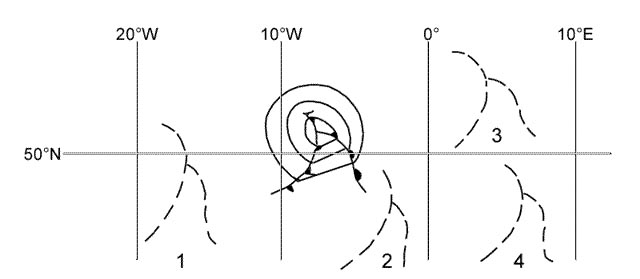 2, 3 and 4 are correct, 1 is false.
2, 3 and 4 are correct, 1 is false. The physiological effects of accelerations to the human body depend on .1 the ?
Question 108-15 : 1 2 3 and 4 are correct 1 2 3 are correct 4 is false 2 3 and 4 are correct 1 is false 1 and 4 are correct 3 is false
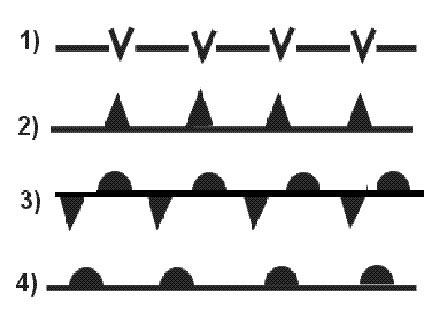 1, 2, 3 and 4 are correct.
1, 2, 3 and 4 are correct. Positive g will cause the blood flow to the brain to ?
Question 108-16 : Decrease remain constant increase first increase then decrease
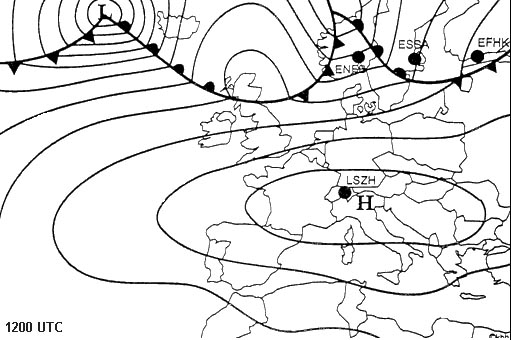 Decrease.
Decrease. During sustained positive g forces the order of symptoms you can expect is ?
Question 108-17 : Grey out tunnel vision black out and unconsciousness unconsciousness black out tunnel vision and grey out black out grey out tunnel vision and unconsciousness grey out unconsciousness black out and tunnel vision
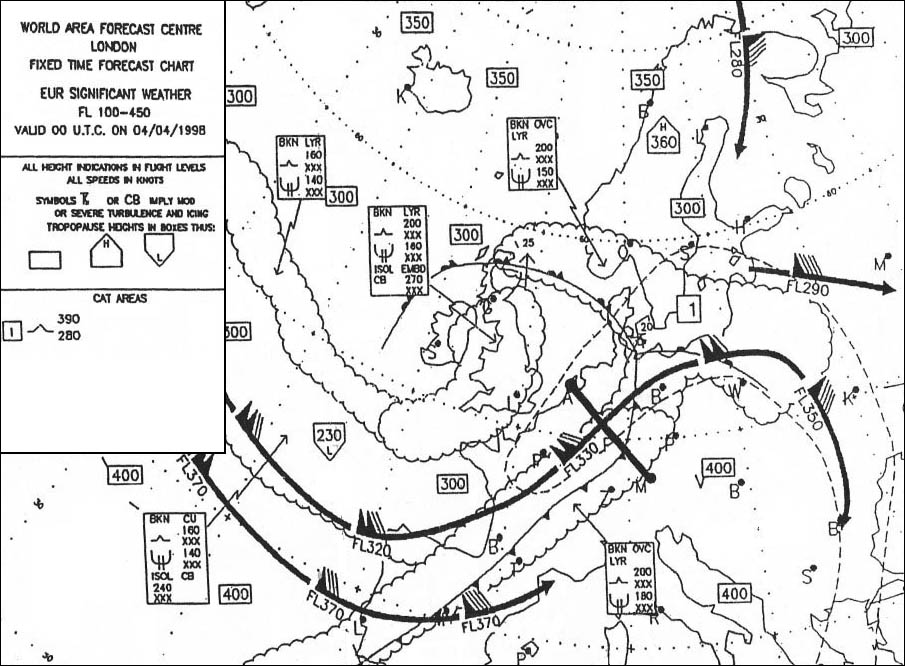 Grey-out, tunnel vision, black-out and unconsciousness.
Grey-out, tunnel vision, black-out and unconsciousness. The normal rate of breathing of an adult at rest is about ?
Question 108-18 : 16 cycles per minute 4 cycles per minute 32 cycles per minute 72 cycles per minute
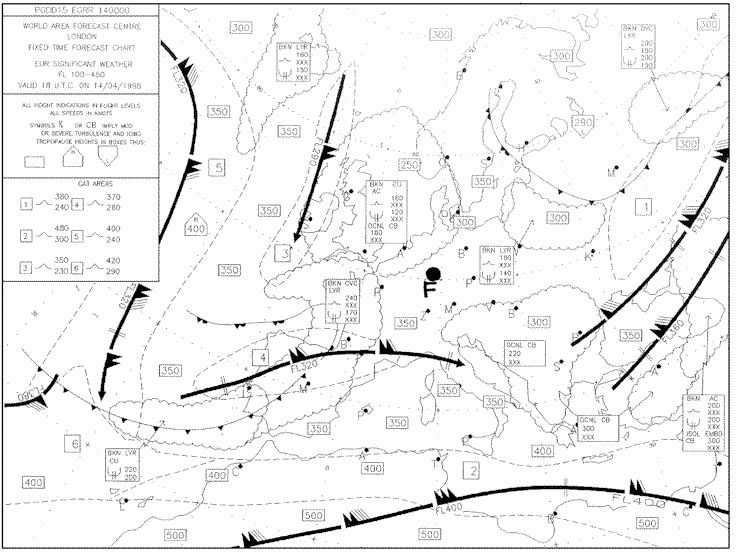 16 cycles per minute.
16 cycles per minute. The volume of air exchanged during a normal breathing cycle tidal volume is ?
Question 108-19 : 500 ml of air 350 ml of air 150 ml of air 75 ml of air
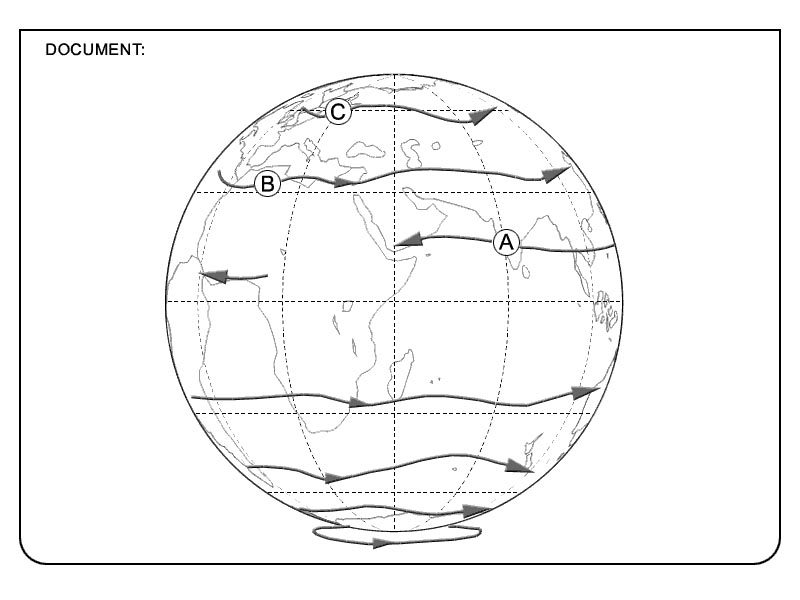 500 ml of air.
500 ml of air. When exhaling the expired air contains ?
Question 108-20 : More carbon dioxide than the inspired air more nitrogen than the inhaled air less water vapour than the inhaled air more oxygen than the inhaled air
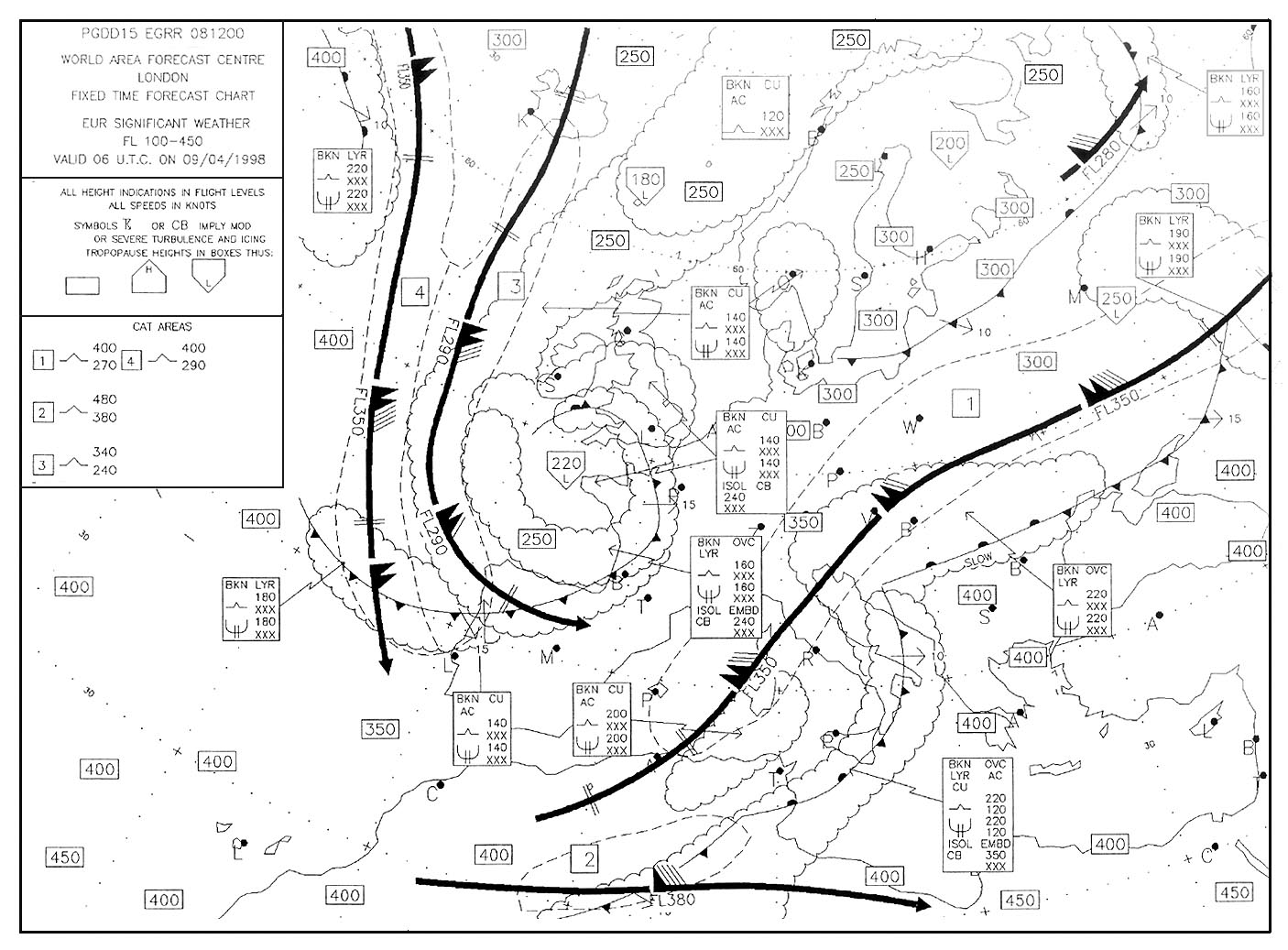 More carbon dioxide than the inspired air.
More carbon dioxide than the inspired air. The transfer of carbon dioxide from the blood to the alveoli can be described by ?
Question 108-21 : The law of diffusion boyle's law dalton's law henry's law
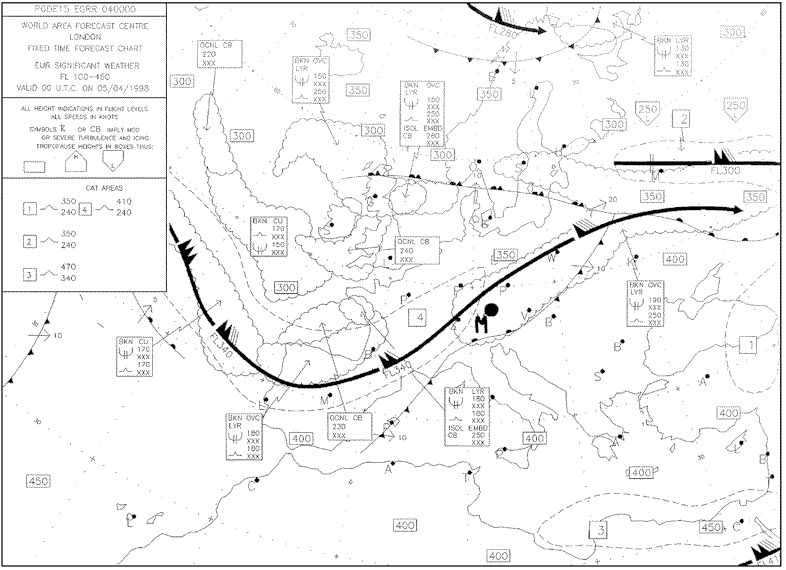 The law of diffusion.
The law of diffusion. Hyperventilation is ?
Question 108-22 : An increased lung ventilation a too high percentage of nitrogen in the blood a decreased lung ventilation a too high percentage of oxygen in the blood
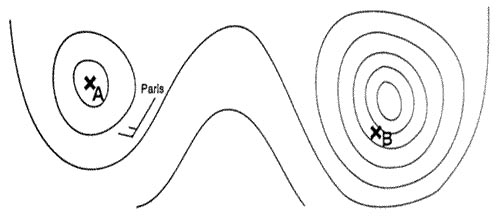 An increased lung ventilation.
An increased lung ventilation. If somebody starts breathing faster and deeper without physiological need ?
Question 108-23 : The blood turns more alkaline the blood pressure in the brain will rise significantly the blood turns more acid the acid base balance of the blood will not change
 The blood turns more alkaline.
The blood turns more alkaline. When hyperventilating you should ?
Question 108-24 : Control your rate and depth of breathing descend apply the valsalva method use the oxygen mask
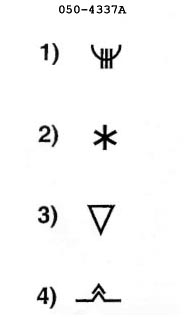 Control your rate and depth of breathing.
Control your rate and depth of breathing. A pilot can overcome hyperventilation by ?
Question 108-25 : Controlling the rate and depth of breathing and/or breathing into a bag depending on instruments increasing the rate and depth of breathing to eliminate harmful carbon dioxide the use of drugs stabilizing blood pressure
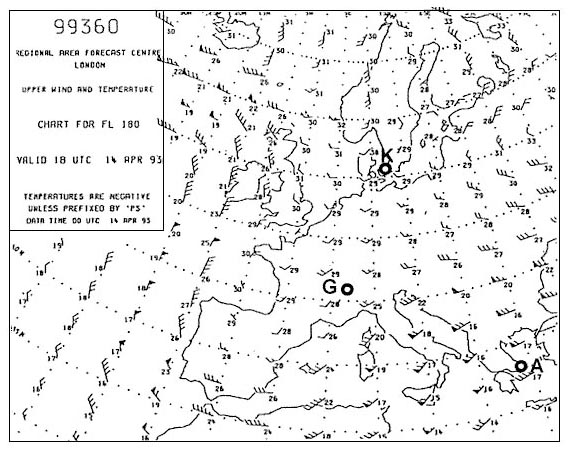 Controlling the rate and depth of breathing and/or breathing into a bag.
Controlling the rate and depth of breathing and/or breathing into a bag. You can overcome hyperventilation by breathing into a plastic or paper bag the ?
Question 108-26 : To raise the level of co2 in the blood as fast as possible to prevent you from exhaling too much oxygen to increase the amount of nitrogen in the lungs to reduce blood pressure
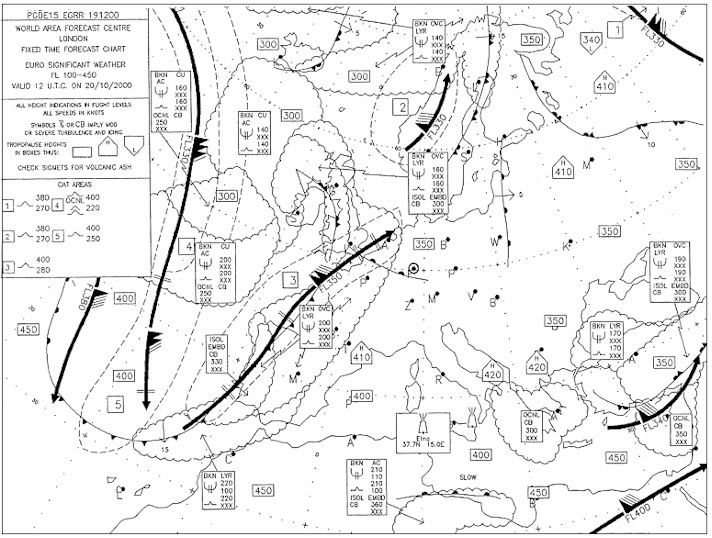 To raise the level of co2 in the blood as fast as possible.
To raise the level of co2 in the blood as fast as possible. Raising the sensory threshold of a sensory organ means ?
Question 108-27 : A lesser sensitivity a greater sensitivity a greater selectivity a lesser selectivity
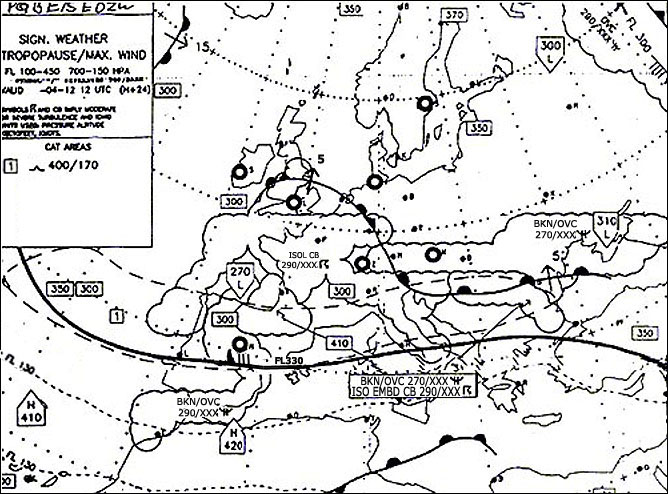 A lesser sensitivity.
A lesser sensitivity. Subcutaneous pressure receptors are stimulated by ?
Question 108-28 : The pressure created on the corresponding body parts when sitting standing or lying down a touch on the skin indicating the true vertical environmental stressors the condition of the body itself
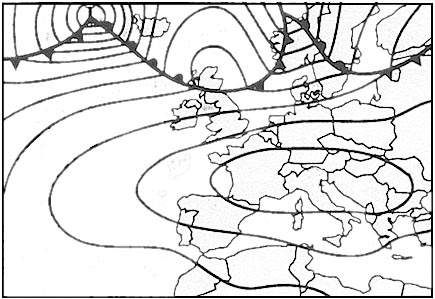 The pressure created on the corresponding body parts when sitting, standing or lying down.
The pressure created on the corresponding body parts when sitting, standing or lying down. The proprioceptors do not orient an individual to his/her surroundings but ?
Question 108-29 : The relative motion and relative position of his body parts a touch on the skin our surroundings the condition in the body itself
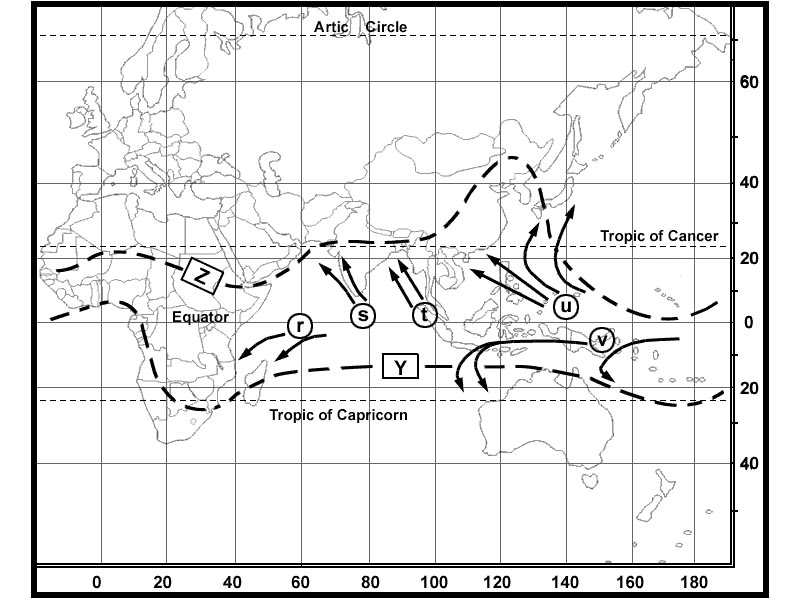 The relative motion and relative position of his body parts.
The relative motion and relative position of his body parts. A stereotype and involuntary reaction of the organism on stimulation of ?
Question 108-30 : Reflex data processing control system change of stimulation level
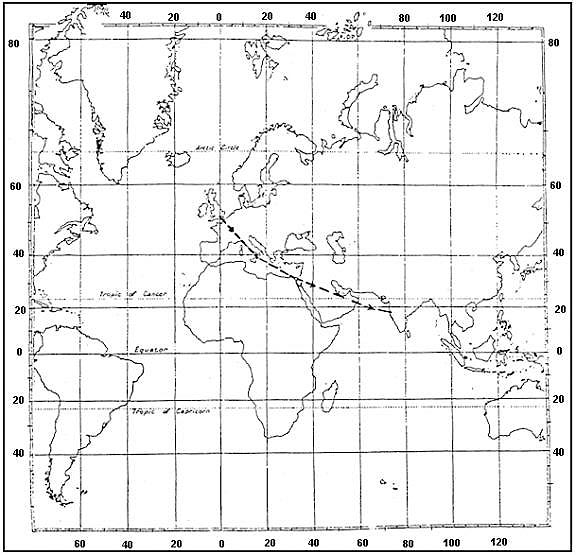 Reflex.
Reflex. The amount of light which strikes the retina is controlled by ?
Question 108-31 : The pupil the ciliary body the cornea the lens
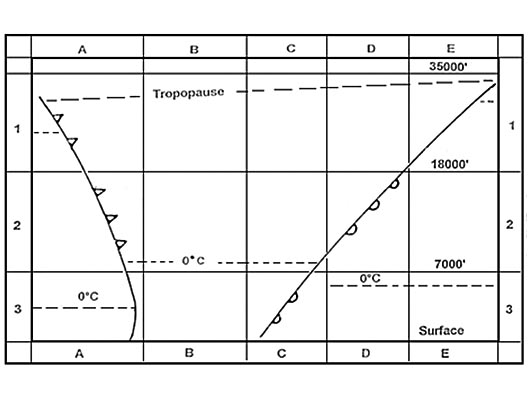 The pupil.
The pupil. When focussing on near objects ?
Question 108-32 : The shape of lens gets more spherical the shape of lens gets flatter the cornea gets smaller the pupil gets larger
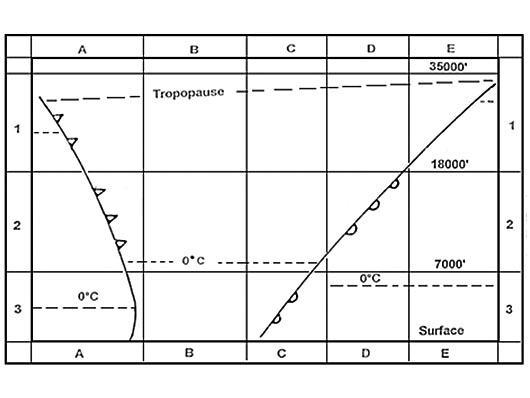 The shape of lens gets more spherical.
The shape of lens gets more spherical. The ability of the lens to change its shape is called ?
Question 108-33 : Accommodation binocular vision depth perception adaptation
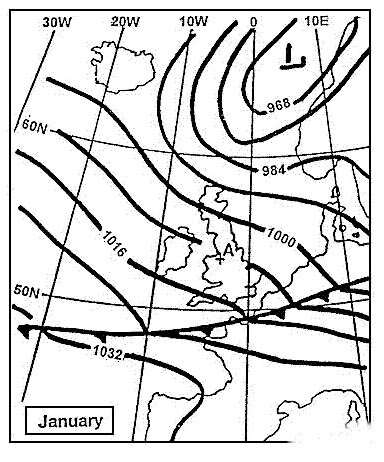 Accommodation.
Accommodation. The mechanism of accommodation is controlled by ?
Question 108-34 : The functioning of the ciliary muscle around the lens the elasticity of the optic nerves the functioning of the muscles of the eye the diameter of the pupil
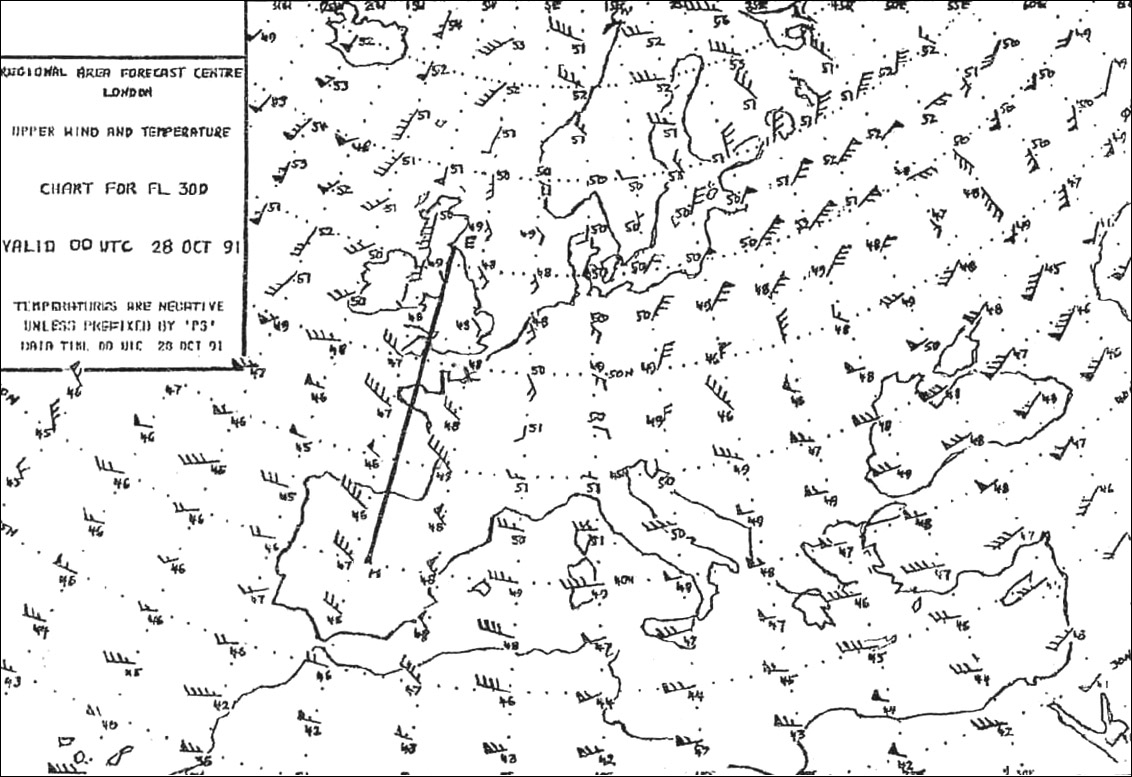 The functioning of the ciliary muscle around the lens.
The functioning of the ciliary muscle around the lens. Presbyopia is ?
Question 108-35 : Long sightedness linked with age short sightedness myopia high intra ocular pressure
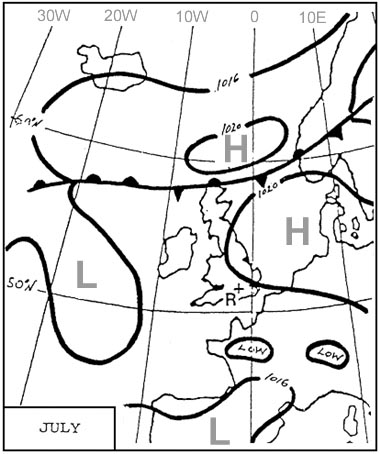 Long sightedness linked with age.
Long sightedness linked with age. Visual acuity during flight at high altitudes can be affected by .1 anaemia.2 ?
Question 108-36 : 1 2 3 and 4 are correct 1 2 and 3 are correct 2 3 and 4 are correct 1 3 and 4 are correct
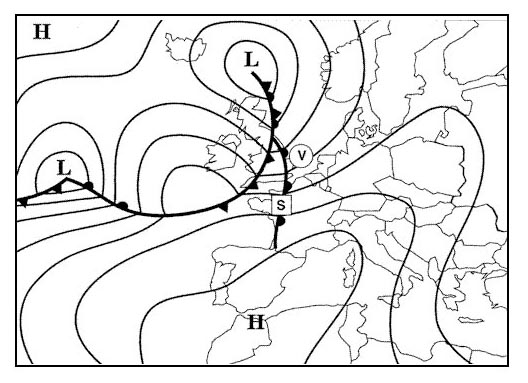 1, 2, 3 and 4 are correct.
1, 2, 3 and 4 are correct. Glaucoma .1 can lead to total blindness.2 can lead to undetected reduction of ?
Question 108-37 : 1 2 and 3 are correct 1 and 3 are correct 2 is false 2 and 3 are correct 1 is false 1 is correct 2 and 3 are false
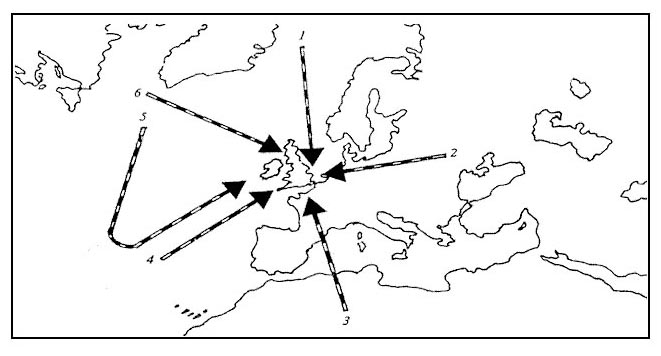 1, 2 and 3 are correct.
1, 2 and 3 are correct. Glaucoma is ?
Question 108-38 : High intra ocular pressure disturbed colour vision disturbed adaptation disturbed night vision
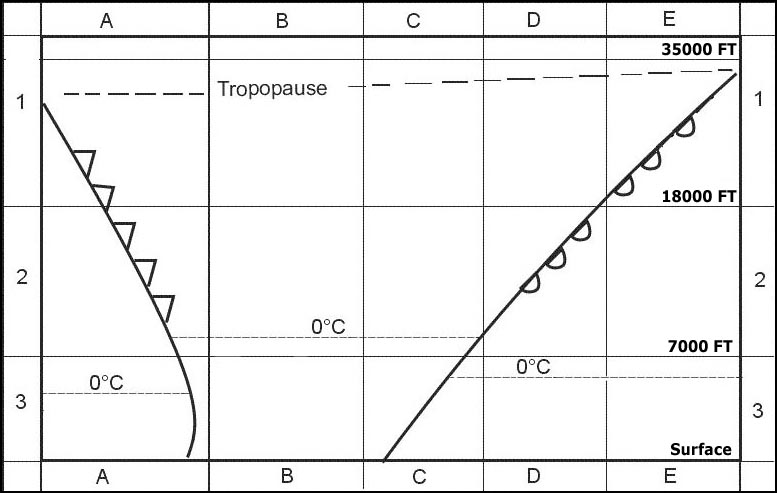 High intra-ocular pressure.
High intra-ocular pressure. The peripheral vision is important for ?
Question 108-39 : Detecting moving objects visual acuity binocular vision colour vision
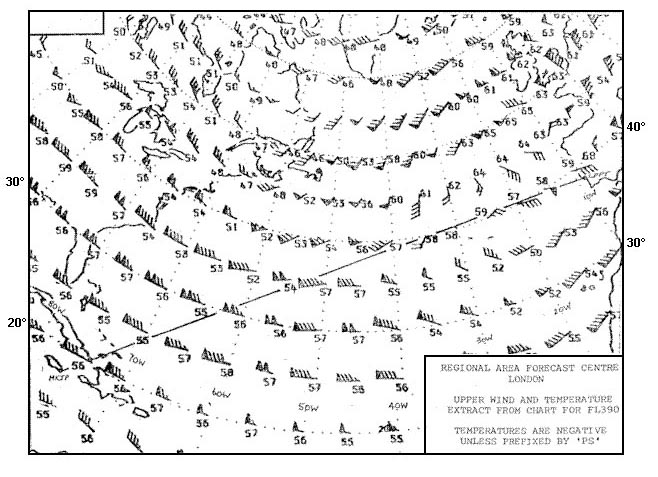 Detecting moving objects.
Detecting moving objects. Although we have a field of vision of more than 180° it is important during ?
Question 108-40 : Only in the foveal area resolution is good enough to see an object clearly it is tiring to look continually in the same direction only in the peripheral area of the retina resolution is good enough to see an object clearly the reduction in the field of vision with decreasing altitude is due to a lack of vitamin a
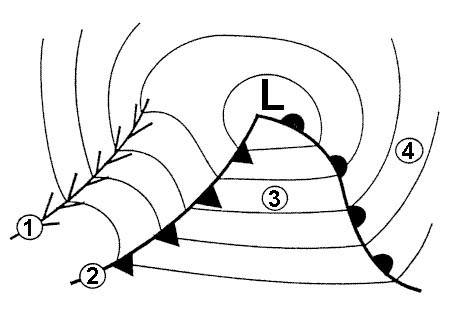 Only in the foveal area resolution is good enough to see an object clearly.
Only in the foveal area resolution is good enough to see an object clearly. ~
Exclusive rights reserved. Reproduction prohibited under penalty of prosecution.
4279 Free Training Exam
